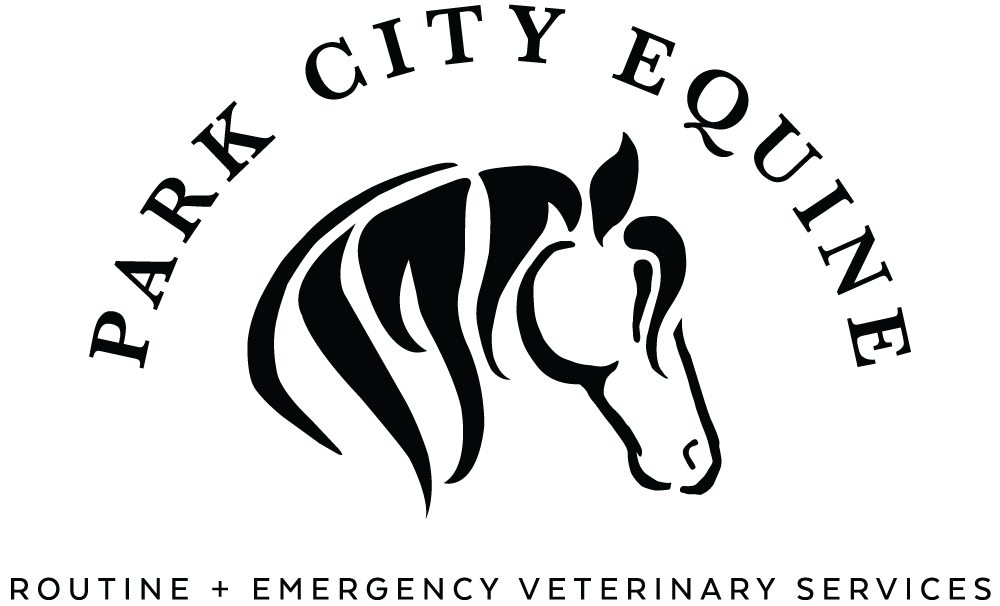Preventing Snakebites
Snakebites are not limited to humans, nor is it limited to any specific region of the world. Taking precautions to minimize the occurrence is first and foremost, but knowing what signs to recognize can keep your horse from developing serious or fatal health concerns from snakebite.
Possible Signs of Snakebite
Do you notice that your horse's muzzle may be suddenly ill-fitting or very tight? Thin blood may be running from an area of the face. Upon closer inspection you notice two small holes about an inch apart. You may also notice a bluish discoloration to your horse's face. This may be an emergency if you notice any or all of these and you should call your equine veterinarian immediately. Early intervention by a veterinarian can minimize the serious effects in many cases.
What to Do While You Wait
Depending on your equine veterinarian, you may be asked to bring the horse to them, but most likely your veterinarian will be coming to you to treat potential snakebite. In an effort to keep your horse calm, try to limit his or her overall movement. Reducing your horse's movement can keep venom from reaching the bloodstream as quickly as it would with increased movement.
Your veterinarian will administer anti-venom treatment that can reduce the systemic effects such as fainting or suffocation. More serious issues that can be avoided with immediate veterinary intervention are laminitis or heart arrhythmia. Experts agree that immediate intervention will reduce these issues.
Avoid cutting the wound in an attempt to remove the snake venom. This may only further damage localized tissue, tendons and ligaments as well as stress the horse causing absorption of snake venom into the bloodstream. Aggravating the wound could also invite bacteria and tetanus.
Preventative Precautions
In the United States, venomous snakes include pit vipers, including rattlesnakes, water moccasins and copperheads. Everyone working on your farm should be able to identify all of these snakes by site. A snake sighting should be reported immediately so that appropriate action may be exercised. Remember, as it heats up, snakes tend to infest these areas. You can further minimize your horse's exposure to snakebite by alternating grazing areas during the hotter season, being sure to reduce any excess waste or hay where snakes can easily hide or nest and performing regular checks to protect you and your horse.
Source:
Ahmed, Syed Moied; Ahmed, Mohib; Nadeem, Abu; Mahajan, Jyotsna, Choudhary, Adarash; and Pal, Jyotishka. “Emergency treatment of a Snakebite: Pearls from Literature.” Journal of Emergencies, Trauma, and Shock, December 2008.

